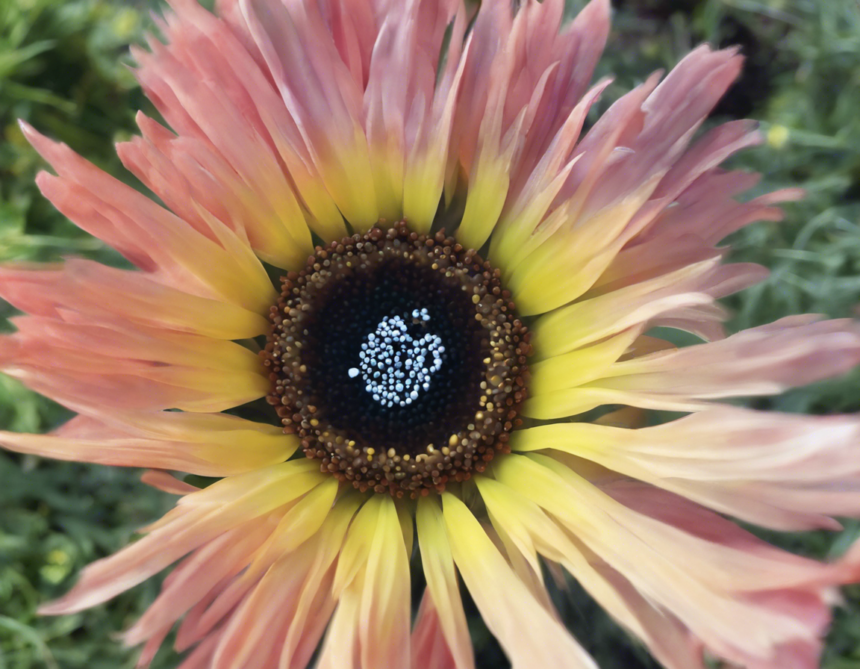Introduction
Pupil flowers, scientifically known as Pulsatilla, are a stunning genus of flowering plants that belong to the Ranunculaceae family. With their delicate, bell-shaped blooms and vibrant colors, pupil flowers are popular among gardeners and flower enthusiasts around the world. In this article, we will delve into the fascinating world of pupil flowers, exploring their origins, characteristics, growing requirements, and symbolic meanings.
Origins and Varieties
Pupil flowers are native to Europe, Asia, and North America. They are perennial plants that are prized for their early-spring blooming, often emerging in the garden when other plants are still dormant. There are several species of pupil flowers, with the most common ones being Pulsatilla vulgaris, Pulsatilla patens, and Pulsatilla hirsutissima. Each species displays unique characteristics in terms of flower color, size, and foliage.
Characteristics of Pupil Flowers
One of the most striking features of pupil flowers is their bell-shaped blooms. These delicate flowers come in a range of colors, including shades of purple, white, yellow, and red. The petals of pupil flowers are silky to the touch, adding to their allure. The foliage of pupil flowers is equally attractive, with feathery, fern-like leaves that add texture to the garden landscape.
Growing Requirements
Pupil flowers thrive in well-draining soil that is rich in organic matter. They prefer full sun to partial shade and benefit from good air circulation. These plants are relatively low-maintenance once established but require regular watering during the growing season. Pupil flowers are best propagated through division or seeds, with division being the preferred method for maintaining plant characteristics.
Symbolic Meanings
In the language of flowers, pupil flowers are often associated with passion, rebirth, and protection. Their bright colors and early blooming make them a symbol of vitality and new beginnings. In some cultures, pupil flowers are believed to bring good luck and ward off evil spirits. These symbolic meanings have contributed to the popularity of pupil flowers in gardens and bouquets.
Benefits of Pupil Flowers
Aside from their visual appeal, pupil flowers offer several benefits to the garden ecosystem. Their early blooming provides nectar and pollen for pollinators such as bees and butterflies, supporting biodiversity in the garden. Pupil flowers are also deer-resistant, making them a good choice for gardens in deer-prone areas. Additionally, the feathery foliage of pupil flowers can help suppress weeds and retain soil moisture.
Caring for Pupil Flowers
To ensure the health and vibrancy of pupil flowers, it is important to provide them with the proper care and maintenance. Here are some tips for caring for pupil flowers:
1. Watering: Water pupil flowers regularly during the growing season, ensuring that the soil is moist but not waterlogged.
2. Fertilizing: Apply a balanced fertilizer in early spring to promote healthy growth and blooming.
3. Mulching: Mulch around pupil flowers to retain soil moisture, suppress weeds, and regulate soil temperature.
4. Pruning: Deadhead spent blooms to encourage new growth and prevent self-seeding.
5. Winter care: In colder climates, protect pupil flowers from frost by mulching around the base of the plants in late fall.
Frequently Asked Questions (FAQs)
Q1: Are pupil flowers suitable for beginner gardeners?
A1: Yes, pupil flowers are generally easy to grow and require minimal maintenance, making them suitable for beginner gardeners.
Q2: Can pupil flowers be grown in containers?
A2: Yes, pupil flowers can be grown in containers as long as they have well-draining soil and receive adequate sunlight.
Q3: How often should pupil flowers be divided?
A3: Pupil flowers can be divided every 3-4 years in early spring to maintain plant health and vigor.
Q4: Do pupil flowers attract pollinators?
A4: Yes, pupil flowers attract pollinators such as bees and butterflies with their nectar-rich blooms.
Q5: Are pupil flowers toxic to pets?
A5: Pupil flowers are toxic if ingested, so it is best to plant them in areas where pets cannot access them.
Conclusion
In conclusion, pupil flowers are a captivating addition to any garden, offering beauty, symbolism, and ecological benefits. With their bell-shaped blooms, vibrant colors, and early blooming, these plants are sure to enchant gardeners and flower enthusiasts alike. By understanding the origins, characteristics, growing requirements, and symbolic meanings of pupil flowers, you can appreciate and cultivate these enchanting plants in your own garden. Whether you are a seasoned gardener or a novice enthusiast, pupil flowers are a delightful choice for adding color and charm to your outdoor space.


Leave a Reply